Number systems
1/50
There's no tags or description
Looks like no tags are added yet.
Name | Mastery | Learn | Test | Matching | Spaced |
|---|
No study sessions yet.
51 Terms
What is a bit
A binary digit.
What is a byte?
A group of 8 bits
What is binary?
Number system that uses 0 and 1
What is the general notation to represent a number in a specific number system
Nᵣ = number N using radix r (aka base r - the number of possible digit values).
Give an algorithm to convert binary to decimal

Give an algorithm to convert to decimal to binary

Give an algorithm to convert binary fractional number to decimal

How to add in binary?
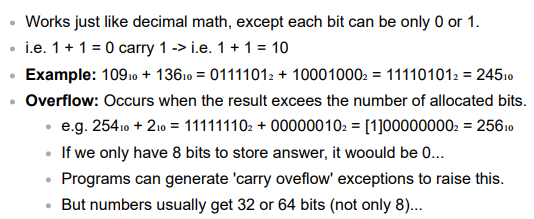
What are the 3 ways to represents negative number
Sign/magnitude: invert just the sign bit.
1's complement: invert all bits.
2's complement: invert all bits, then add one.
(The left most bit still indicates sign)
What advantage does 2’s complement have over 1’s complement?
Easy to do arithmetic with it
How to do binary substraction?

Who introduced the system to allocate a certain amount of memory to represent floating point number?
IEEE 754
What is the issue with fixed point numbers?
Fixed point numbers have very limited range (determined by bit length)
What are the two parts of a floating point number?
Mantissa: the number multiplying the base
Exponent: the power
What is a significand?
The significand is the part of the mantissa after the decimal point

What is the difference between fixed point number and floating point number
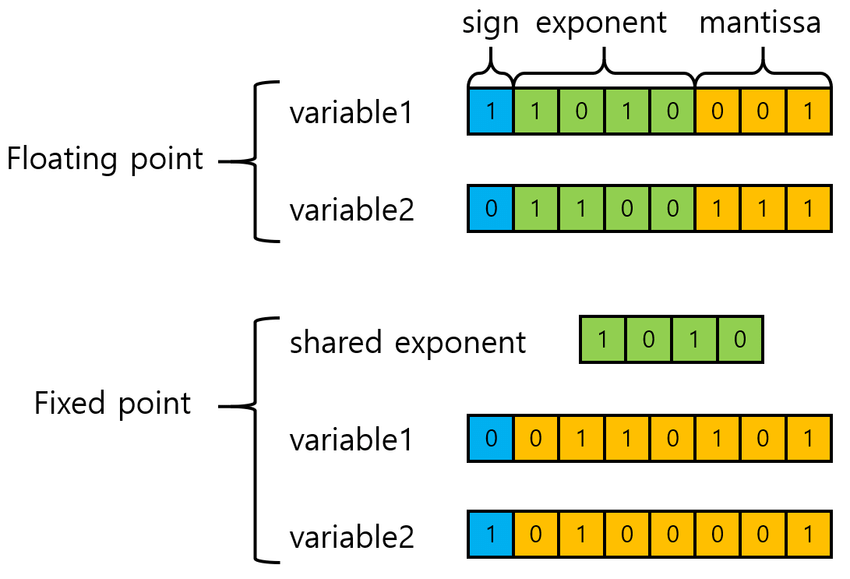
What is the issue with Floating Point Range?
Large range, but limited accuracy (truncation errors)
How to normalise a floating point?

What you have to do before storing a floating point number?
Normalise it
How to represent a binary floating point number?

What are the issues that IEEE 754 standard format solved?

What is the standard format for single and double floating point formats
Sign bit (1 bit)
Exponent (8 bits for single, 11 bits for double)
Significand (23 bits for single, 52 bits for double)
The leading 1 is implied so not stored.
What are the ranges for single and double floating point numbers?

What is the exponent is biased
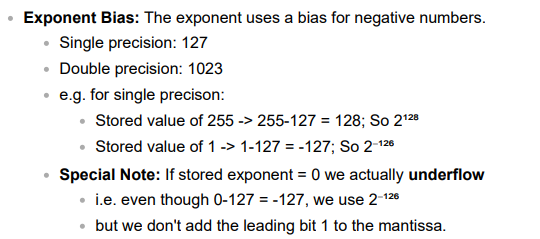
How to represent a binary floating point number in IEEE 754 format
(-1)S (1 + significand) * 2exponent - bias

What are the exponent and significant of 0?
Exponent and significand are 0 (exponent is 0, we underflow)
What are the exponent and significant of infinity?
Exponent 1111...1111 & significand = 0.
The above also have -ve variants (e.g. -∞ < -0 == 0 < ∞).
What are the exponent and significant of NaN (Not a number)?
Exponent 1111...1111 & significand != 0.
NaN is not equal to any other number, not even itself (ie. NaN == NaN -> False).
What is overflow?
Overflow means that values have grown too large for the representation, much in the same way that you can overflow integers
What is underflow?
Underflow is a less serious problem because is just denotes a loss of precision, which is guaranteed to be closely approximated by zero.
What is exponent overflow?
Exponent Overflow Exponent bigger than max permissible size; may be set to “infinity”
How to do addition/subtraction with floating point number
Normalise
Match to larger exponent
Add
Normalise
What is exponent underflow?
Exponent Underflow → Negative exponent, smaller than minimum size; may be set to zero.
What is significand underflow?
Significand Underflow → Alignment may cause loss of significant digits
What is significant overflow?
Significand Overflow → Addition may cause carry overflow; realign significands.
How does ASCII store characters?
7 bits for standard characters, but stored in a byte (8 bits). [First]
How does Unicode store characters?
21 bits with variable length encoding between 1 and 4 bytes
How does EBCDIC store characters?
(9-bit)
How are characters represented?
Characters are represented as "character sets."
What are different protocols that represents characters?
ASCII
Unicode
EBCDIC
What is Boolean Algebra?
Boolean Algebra: Algebra with operations that use and yield only two discrete states ( True and False )
What is the symbol logic gate symbol for and?
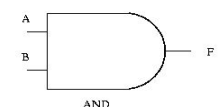
What is the symbol logic gate symbol for or?
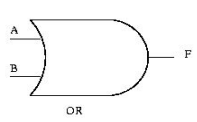
What is the symbol logic gate symbol for NAND?
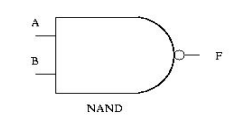
What is the symbol logic gate symbol for NOR?
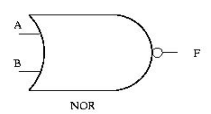
What is the symbol logic gate symbol for NOT?
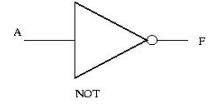
What is the symbol logic gate symbol for XOR?

Who formalized the Boolean Algebra?
George Boole
Give truth table for AND, OR, Not A, Not B, NAND, NOR and XOR

What are the Algebraic Identities
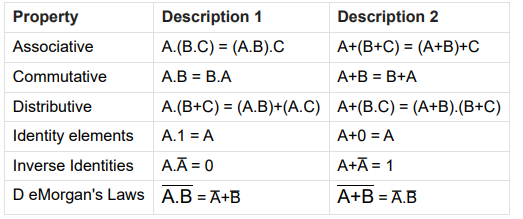
What is NOT known as?
Unary operator